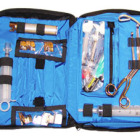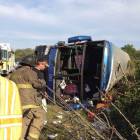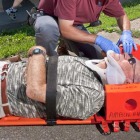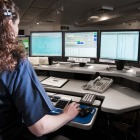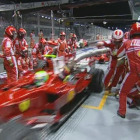
Oct 7, 2014
As I mentioned last week, I had the privilege of teaching a fully sponsored, free pit crew CPR class to about 90 EMTs and paramedics. The class was so well received that I was approached by a couple of departments who were interested in bringing the training as well as the policy and procedure to their department. There has been an aggressive push to improve cardiac arrest survival in our system, and it is great to see the leadership of many of the BLS services taking a proactive approach to be part of it. The desire to change a mindset of what people view as a “traditional” cardiac arrest is extremely encouraging. There is a genuine want to learn and do better. In fact, I was recently on a CPR that ran very smooth from beginning to end, complete with an EMT using his iPhone’s stopwatch to call out changes in CPR. It was the true embodiment of “EMTs owning CPR” just like the Seattle Resuscitation Academy talks about. If our compression fraction was less than 90%, I would be surprised. It is amazing how far we have come when running a typical cardiac arrest. I remember the very first cardiac arrest that I worked as a cleared paramedic. Airway was king. Nothing else seemed to happen until that tube was in. Do compressions but they are not that important. We need to get oxygen into the body before we can think about pushing it round and round, and passing an ET tube, well, there is no better way to do it than that, right? My bag was filled with antiarrhythmics. We carried bretylium, for example, and if you encountered one of those rare refractory v-fib patients who remained in that rhythm amidst the long pauses in CPR to get that patient intubated, then you might actually give it. Then there was post resuscitation care. There was not much stress on it because we did not get people back very often. If it happened, you threw up dopamine on a hypotensive patient. If you gave an antiarrhythmic like lidocaine, for example, you hung a drip of the same medication. My Lifepak 10 was not...


